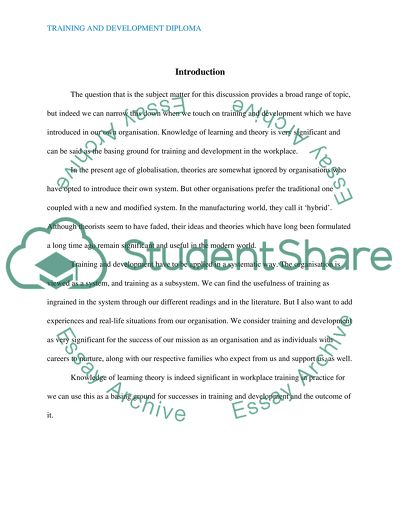Cite this document
(“Human Resources Management, The Learning Process and Practice of Essay”, n.d.)
Retrieved from https://studentshare.org/environmental-studies/1408018-human-resources-management-the-learning-process
Retrieved from https://studentshare.org/environmental-studies/1408018-human-resources-management-the-learning-process
(Human Resources Management, The Learning Process and Practice of Essay)
https://studentshare.org/environmental-studies/1408018-human-resources-management-the-learning-process.
https://studentshare.org/environmental-studies/1408018-human-resources-management-the-learning-process.
“Human Resources Management, The Learning Process and Practice of Essay”, n.d. https://studentshare.org/environmental-studies/1408018-human-resources-management-the-learning-process.


